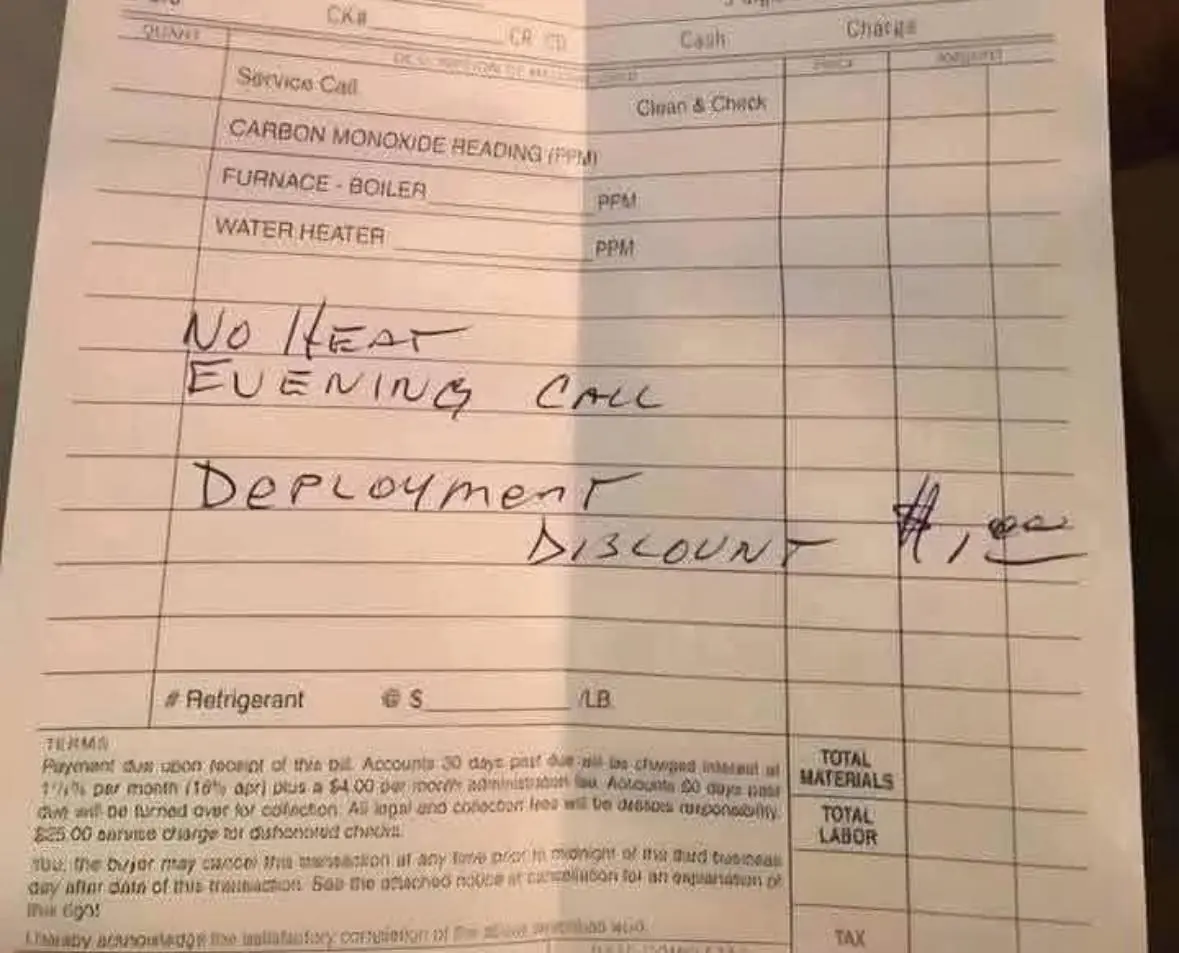
10 cities underwater by 2050 you should visit before it’s too late
10 cities underwater by 2050 you should visit before it’s too late
As climate change accelerates, numerous coastal cities worldwide face the impending threat of submersion due to rising sea levels, with projections indicating significant impacts by 2050.

A report has revealed which cities could be dramatically impacted by rising sea levels (Image: Getty)
The relentless march of climate change is reshaping our planet in profound ways. Among the most alarming consequences is the rising sea levels, which threaten to engulf low-lying coastal cities that have long been hubs of culture, commerce, and history. Scientific projections indicate that without significant mitigation efforts, many of these urban centers could find themselves underwater by 2050.
Sea levels are rising due to two primary factors: thermal expansion of seawater as it warms and the melting of glaciers and ice sheets. The Intergovernmental Panel on Climate Change (IPCC) projects that by 2100, sea levels could rise by as much as 1.1 meters under high-emission scenarios. Even under more moderate emissions scenarios, a significant rise is anticipated, posing risks to coastal infrastructure and populations.
Cities at Risk
Bangkok, Thailand
Bangkok, with much of its area lying just above sea level, faces severe flooding risks. The city is sinking at an alarming rate due to excessive groundwater extraction, and combined with rising sea levels, large portions could be submerged by 2050.
Amsterdam, Netherlands
Despite its advanced flood defenses, Amsterdam's low-lying geography makes it vulnerable. Projections suggest that even with current protective measures, the city could experience significant flooding by the mid-21st century.
Ho Chi Minh City, Vietnam
Situated in the Mekong Delta, Ho Chi Minh City is highly susceptible to sea-level rise. The combination of land subsidence and rising tides threatens to inundate large parts of the city, displacing millions.
Cardiff, United Kingdom
Cardiff's proximity to the sea and its low-lying terrain make it prone to flooding. With sea levels rising, the city faces increased risks of annual inundation by 2050.
New Orleans, United States
New Orleans, already battling subsidence and storm surges, is at heightened risk. Rising sea levels exacerbate these challenges, potentially displacing a significant portion of its population.
Manila, Philippines
Manila's rapid urbanization and sinking land make it particularly vulnerable. Projections indicate that large areas of the city could be submerged by 2050, affecting millions of residents.
London, United Kingdom
London's extensive flood defense systems are under pressure from rising sea levels. Without significant upgrades, parts of the city could face regular flooding events by the latter half of the century.
Jakarta, Indonesia
Jakarta is sinking at an alarming rate due to groundwater extraction and land subsidence. Combined with rising sea levels, projections suggest that much of the city could be underwater by 2050.
Miami, United States
Miami's coastal location and porous limestone bedrock make it highly susceptible to sea-level rise. Without substantial infrastructure investments, the city faces significant flooding risks in the coming decades.
Venice, Italy
Venice has long grappled with flooding issues. Rising sea levels, coupled with the city's sinking foundations, threaten its existence, with projections indicating severe inundation by 2050.
Maldives
The Maldives, an island nation with an average elevation of just 1.5 meters above sea level, faces existential threats from rising oceans. Projections suggest that much of the country could be submerged by 2050, displacing its entire population.
Jakarta Bay, Indonesia
The Jakarta Bay area is experiencing rapid sinking due to excessive groundwater extraction. Combined with rising sea levels, large portions of the bay could be underwater by 2050, affecting millions of residents.
Mekong Delta, Vietnam
The Mekong Delta, home to millions, is highly vulnerable to sea-level rise. Projections indicate that significant portions of the delta could be submerged by 2050, displacing large populations.
Global Implications
The potential submersion of these cities has far-reaching implications. Beyond the immediate loss of infrastructure and homes, there would be significant economic impacts, including loss of tourism revenue, decreased property values, and increased costs for flood defenses and disaster response.
Moreover, the displacement of millions of people could lead to climate refugees, straining resources in neighboring regions and potentially leading to geopolitical tensions.
Mitigation and Adaptation Strategies
To combat the rising threat, several strategies can be employed:
-
Enhanced Flood Defenses: Investing in robust sea walls, levees, and floodgates can help protect vulnerable areas.
-
Sustainable Urban Planning: Designing cities with elevated structures and permeable surfaces can reduce flood risks.
-
Community Relocation: In extreme cases, relocating communities from high-risk areas may be necessary.
-
International Cooperation: Collaborative efforts between nations can lead to shared solutions and resources for affected regions.
Conclusion
The threat of rising sea levels is not a distant concern but an imminent reality for many coastal cities. Without concerted global efforts to mitigate climate change and implement adaptive strategies, the world could witness the loss of some of its most iconic urban centers by 2050. It is imperative that immediate action is taken to safeguard these cities for future generations.
News in the same category


Study finds certain blood types linked to higher stroke risk

After tens of thousands auditions, Harry Potter's next generation cast revealed

Cia documents reveal cold war secrets of alien bases hidden on earth

Woman who claims 12 years of contact with a ghost reveals h@unting prediction for the world's end

Teacher Awarded $70 Million After Losing Both Legs Due to Medical Malpractice in Landmark Georgia Case

Unaware of his rare canc3r, man donates sp3rm to conc3ive at least 67 children across Europe - resulting in deva$tating consequences

Why swimming post-tattoo can be fat@l: Lessons from a 31-year-old man’s d3ath

Highly intelligent people often thrive with fewer friends — and the fascinating reason behind it

Woman battling stage four colon canc3r reveals major symptom that didn't involve her gut

Early warning signs and symptoms of clogged arteries that you might overlook

Psychic who 'predicted Covid' shares incredibly worrying predictions for 2025 warns of d!sturbing events in the latter half of 2025

Scientists may have discovered one of the causes of auti$m

Ancient Submerged City Discovered Beneath the Ocean Floor – A 140,000-Year-Old Window into Prehistoric Life

What your face might reveal about your future children: scientists explore the surprising link between male features and child gender

Unveiling the Truth: Why 2XL and XXL Are Not the Same—A Deep Dive into Plus-Size Fashion Sizing

17 C@ncer Symptoms You Should Never Ignore: Early Warning Signs for Better Outcomes

Groundbreaking study sheds light on possible true appearance of Jesus, and it changes everything

Chef who prepares last meals at hospice for people at end of lives says they have have one common request
News Post

A Heartwarming Act of Kindness: How One HVAC Owner Saved a Family’s Winter—and Honored a Deployed Soldier
When a family’s furnace failed on a freezing night, a heating company owner went above and beyond—fixing the problem and charging just $1 in a touching tribute to military service. Discover the inspiring story of generosity and gratitude that warmed m

Officer Reese’s Compassionate Response: A Heartwarming Moment at Starbucks
Officer Reese calms an upset man at Starbucks with empathy, showing true kindness. Read this story! ❤️☕

At her mother’s wedding, the girl took the microphone to congratulate her but instead showed a sh0cking video.

The Hidden Key in His Work Boot: Uncovering a Secret Life and the Shattered Marriage That Followed
When I found a mysterious second key hidden in my husband’s work boot, it unraveled a web of l!es, a secret child, and a hidden life. This is the gripping story of betrayal, heartbre@k, and the pa!nful journey toward truth and unexpected reconciliation.

After Betrayal: How One Woman Found Strength and Reclaimed Her Life from a Br0ken Marriage
After 32 years of marriage shattered by betrayal, Lidia discovers her inner strength and dignity. This gripping story reveals her journey from heartbreak to empowerment, showing how she turned pain into a new beginning.

When a Wedding Gift Sparks a Family Fallout: The Sh0cking Truth Behind the Missing Wedding Video
At her niece’s lavish wedding, a grandmother’s heartfelt gift is cr:u:elly dismissed, igniting a dramatic family clash. Discover how love, legacy, and justice prevailed amid the mysterious disappearance of the wedding video and shattered illusions.

Unearthing Betrayal: How a Hidden Box Sparked My Journey from Heartbre@k to Healing and New Love
After discovering a hidden box revealing years of lies beneath my garage floorboards, I faced the crushing truth of betrayal. A year later, I found strength, reclaimed my life, and embraced new love.

4 household appliances that are energy hogs and how to tame them

5 Common Electric Kettle Mistakes That Could Lead to Serious Accidents

Why Dogs Are More Sensitive and Alert During Thunderstorms Than Humans: The Science Behind Their Unique Instincts

When a 911 Call Changed Everything: The Heartwarming Story That Proves Heroes Walk Among Us
Discover how a compassionate 911 operator went beyond duty to help a starving cancer survivor, sparking a community movement of kindness that will restore your faith in humanity.

Why Experts Recommend Putting Your Luggage in the Bathtub After Checking in: Turns Out It Has Many Unexpected Benefits

Experts reveal the effects on your body from eating one meal a day after a sh0cking simulation

Major medical breakthrough: Korean researchers discover “Undo” mechanism to transform tumor cells back to normal

If you often notice ringing in your ears, this might be a sign that you will suffer from ...

Drink water on an empty stomach right after waking up for 1 month and see how you transform physically and mentally

MY STEPMOTHER K!CKED ME OUT AFTER DAD'S DE@TH - THEN THE BLACK SUVs SHOWED UP
When Elish loses her father, she expects grief, not betrayal. K!cked out of her childhood home by the woman who never wanted her, she makes one desperate call. But what waits on the other end isn’t pity but power.

Collagen Drops from Flaxseed Gel: A Natural Botox Alternative for Youthful, Wrinkle-Free Skin
Flaxseed collagen drops offer a compelling, natural alternative to invasive anti-aging treatments like Botox.

5 types of food that can do wonder for your gut health and digestion
